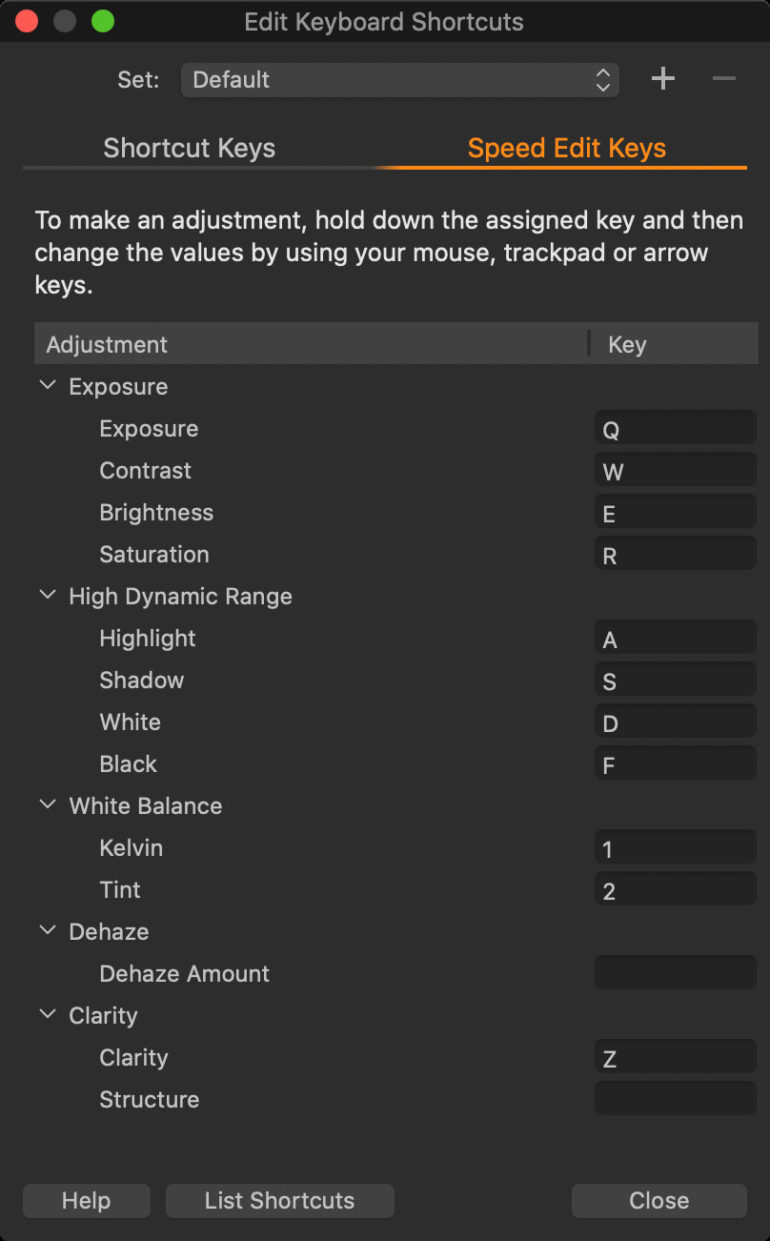
I reedited a wedding that took me hours in LR and I never was really happy (there was some really strange lighting in the church) and it was faster and I got much better results. And if I did make up one for one photo in a shoot it would transfer nicely to all others.

I also found that in C1 (and yes, that does stand for capture One), I didn't have the need for all those presets. I spent a lot of money on presets and was never really happy.

What one poster said about the LR presets transferring to other images is so true. For comparison, I went back and tried to edit some of my Canon files that had been especially troublesome to get right in LR and I was amazed. Capture One did an excellent job on them. Well, it is a documented fact that Lightroom is no good on Fuji raw files. Recently, I hurt my wrist and had to go to a lighter system, so I chose the Fuji XT1. I had always shot Canon and really struggled to get some images right. However, I decided to try it again and I am so glad I did.
#Capture one app trial#
I tried Capture One on a trial and didn't but it because I was somewhat confused by the import process. I had been using Lightroom since Version 1. I have been reading all the back and forth comments on here about Capture One vs Lightroom. In the latest incarnations – 8.0 to 8.3 – the package has introduced a host of new features including the ability to work on more adjustment layers and create masks for localized working, as well as some color tools for movie-style grading that sound impressive.
#Capture one app pro#
Capture One Pro doesn't pretend to have the total flexibility of Adobe's Photoshop – you can't cut things out or add text, for example – but it does offer many of the same adjustments that appeal to photographers rather than graphic designers, and offers them in a somewhat different working environment. The package offers a massive range of adjustments that professionals and enthusiasts will need to and want to apply to their images.
#Capture one app software#
Phase One tells me that every camera listed has a profile created from 700 images that are used to understand individual characteristics so the software can automatically correct lens aberrations for example, as well as to determine how best to deal with noise patterns, color and sharpening requirements of specific camera models. The company says it has created custom profiles for each of the cameras listed, though you might wonder at some of the more historic models that appear to be there by virtue of their DNG output. While JPEG files can be processed of course, the focus of Capture One Pro is very much on working with Raw data.
#Capture one app full#
You can see the full list here. A notable absence from the compatibility list is Hasselblad – perhaps too much of an arch rival in the medium format world. Tethered shooting is reserved for the more modern of the Sony, Nikon and Canon models, with no mirrorless support even for models that are well capable of performing direct output. Now it's gradually expanding into the enthusiast/consumer arena as it broadens its compatibility with a more encompassing range of cameras and develops a wider range of features that will appeal as more general processing tools.Ĭurrently the software can handle Raw files from over 300 cameras, including a decent back catalog from all the major brands. Created by the Danish company Phase One that also makes medium format backs, cameras and lenses, the application emerged first in the professional studio environment. If you aren't familiar with Capture One Pro, it's a software package designed to perform as a Raw processing application as well as a host for those who like to shoot with a camera tethered to a computer.


 0 kommentar(er)
0 kommentar(er)
